Exploring Spain’s Premier Vineyards on a Scenic Road Trip
A picturesque stretch along the Duero River is known as the Golden Mile. Contrary to what its name implies, this area spans nearly ten miles, encompassing unremarkable land; the dry soil appears scarce for farming.
As you drive down the arid road, small clusters of sun-bleached, dilapidated buildings come into view, only to vanish as you approach them. The setting evokes memories of a Wild West frontier—similar to gold rush towns in California or early oil boom regions in Texas. Yet, the treasure that these pioneers seek is not oil but grapes.
Historically, this segment of Castile and Leon attracted only those in pursuit of wine. Tourists flocked to glitzy Madrid to the south and fashionable San Sebastian to the north. However, oenophiles—importers, restaurateurs, and wine buyers—ventured to the Golden Mile to haul back precious crates of red wine.
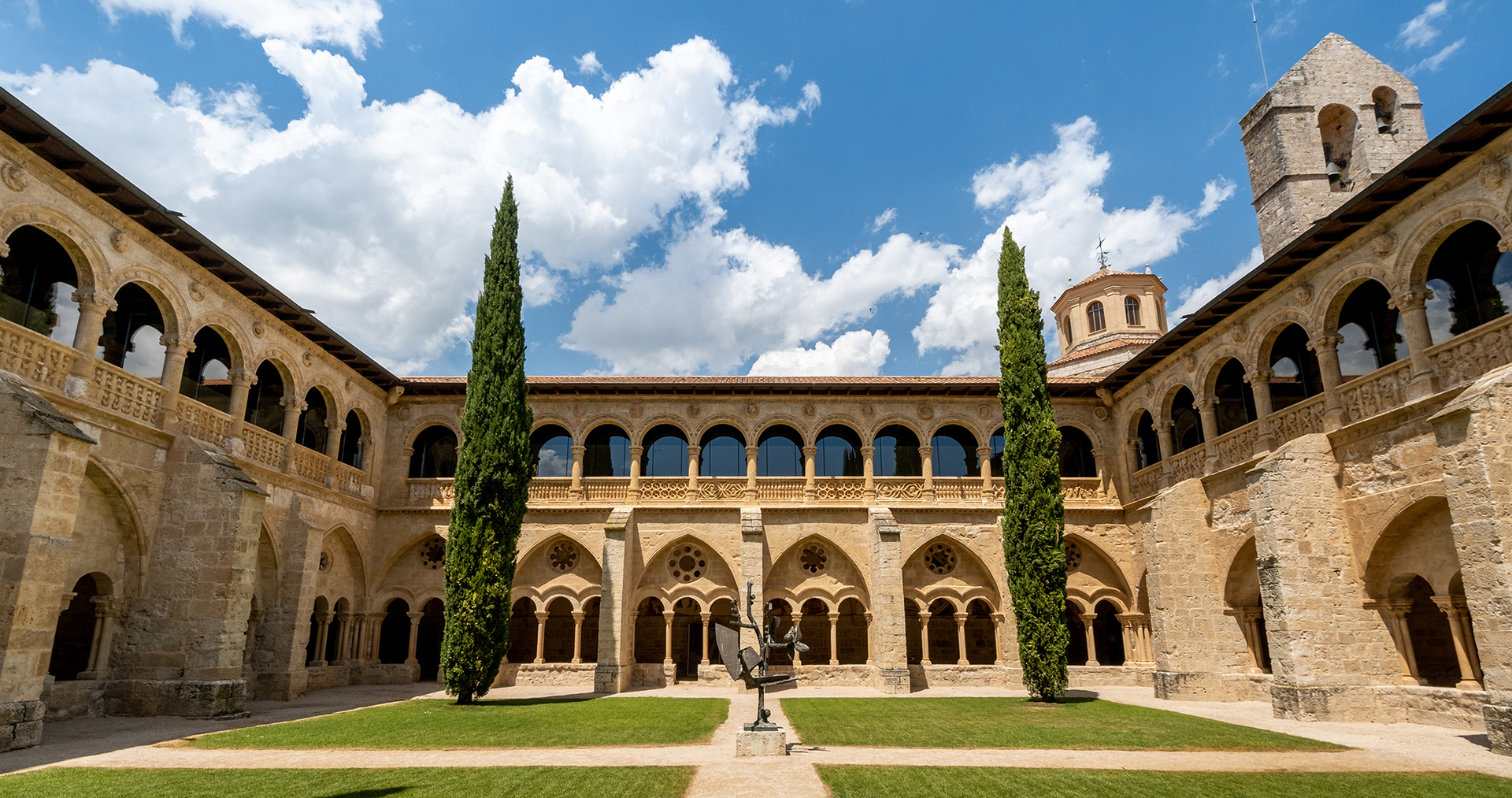
In recent years, Castilla Termal, a small Spanish hotel group known for transforming historic structures into upscale spa resorts, has opened a luxurious five-star hotel within a restored 12th-century monastery. This venture has drawn in luxury seekers to the region.
There might have always been a reason for visitors to travel here: the exceptional vineyards. For fans of tempranillo wine, this region is the ultimate destination. Until the advent of the lavish hotel and spa, convincing tourists to embark on a mini-break in this area was challenging.
Located near the quaint village of San Bernardo, the monastery’s lower section remains a historical site, and the nearby Catholic church is still in use by the locals. Guests experience the charm of staying in a living museum, surrounded by a grandeur that modern hotels cannot replicate. With only 79 rooms, most located on the first floor overlooking the cloisters, the accommodations are generously sized, tastefully adorned, and modern in style.
Our visit is part of a package arranged by Castilla Termal, involving three nights at Monasterio de Valbuena, followed by two nights at another of their establishments in the nearby village of Brihuega. Upon arrival, our experience begins with dinner at Converso, a newly opened restaurant overseen by renowned local chef Miguel Ángel de la Cruz, known for his vegetarian and local cooking. The restaurant emphasizes sustainability, utilizing ingredients from the hotel’s own garden, with free-range eggs sourced from on-site hens. This establishment is undeniably poised for Michelin recognition.
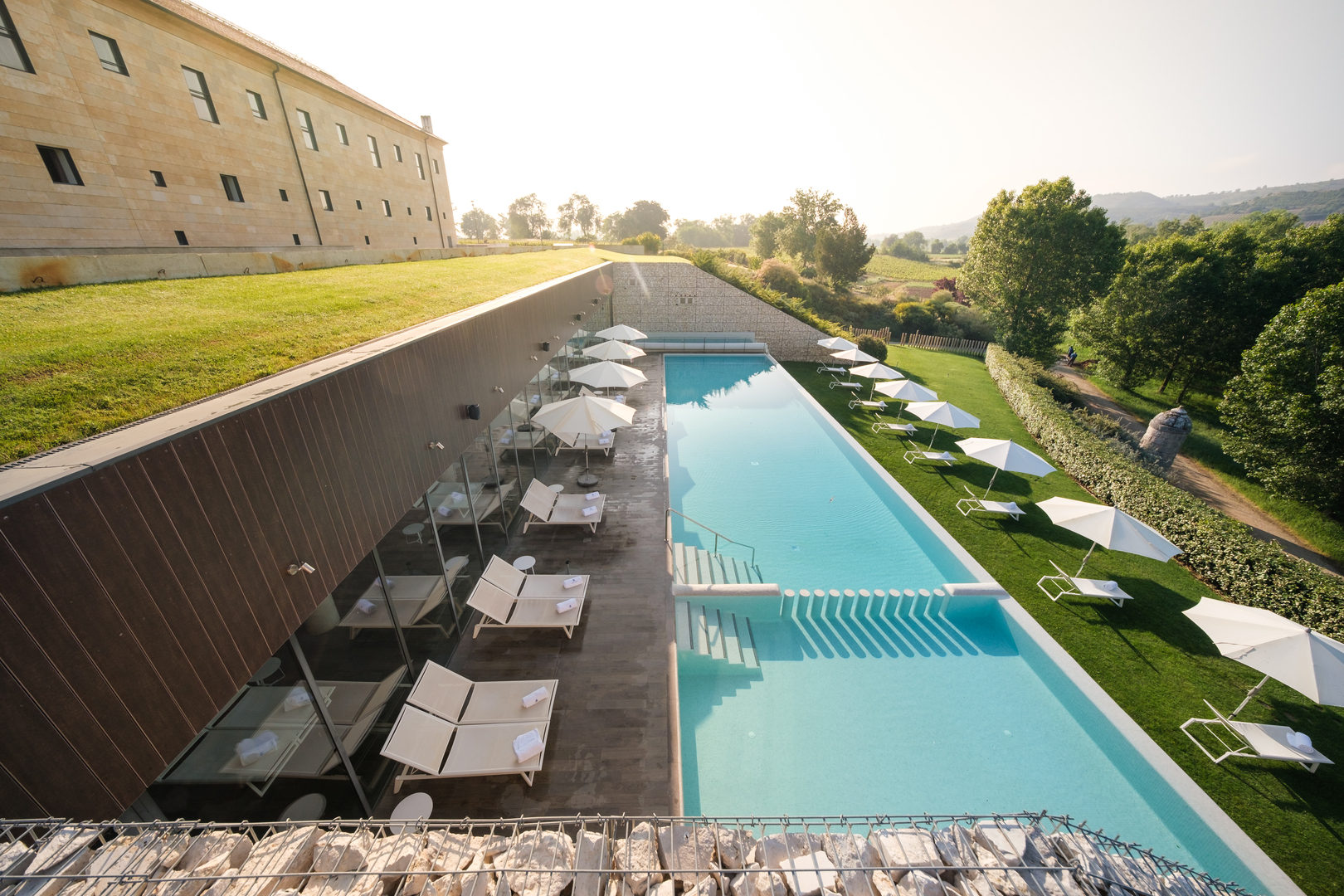
The following day offers endless opportunities to explore the abundant vineyards. We visit Emilio Moro, one of the region’s oldest and most esteemed vineyards for a guided tour, tasting, and lunch—where we were treated generously, resulting in a bit of an indulgent return. Following that, we had a delightful outing at Finca Villacreces, riding electric bikes through the vineyard to appreciate its diverse terrains before returning for tasting sessions and snacks. It was evident that the enthusiastic guides catered to everyone—from seasoned wine experts to casual enthusiasts looking for a few glasses and a scenic view.
At the hotel, the thermal spa captivates guests. Featuring internal and external thermal pools, the facility boasts an array of water jets for guests both sitting and lying down. A highlight is the Chapel of San Pedro spa experience. The spa mimics the beautiful chapel adjacent to the main church but instead hosts a steam room, sauna, and various Roman-style plunge pools. With its vaulted ceilings and soft stone walls, this remarkable spa encapsulates the tranquility one dreams of.
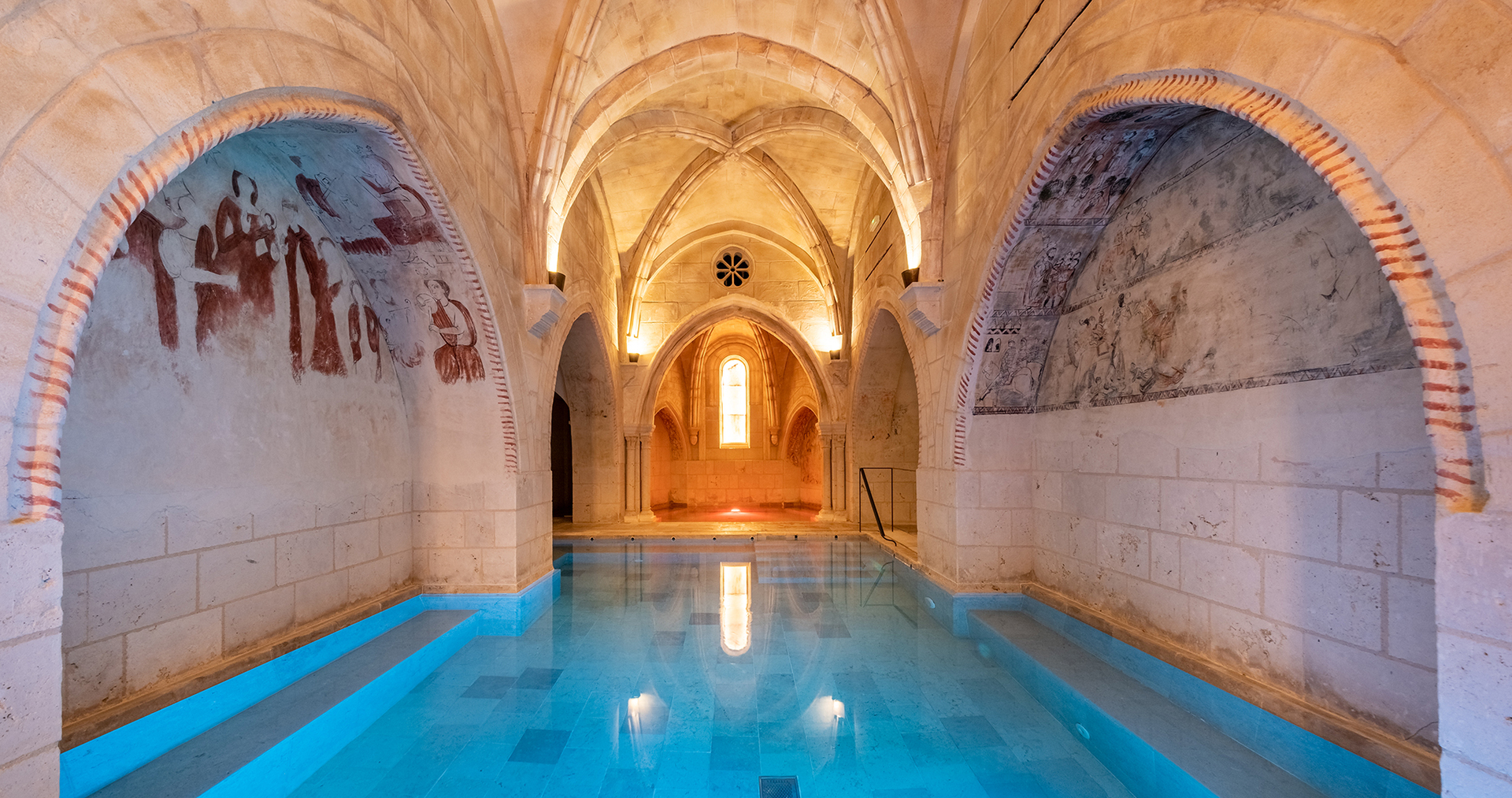
From our expansive bedroom window, we enjoy a stunning view of the lush garden and treetops. The design of the hotel allows for most rooms to overlook the garden, with high ceilings and walls reflecting a harmonious blend of modern elegance and historical style.
After three rejuvenating nights, we departed for our next destination—Brihuega, a small town of fewer than 3,000 residents just north of Madrid. Here, Castilla Termal operates another hotel in an old cloth factory. This too appears to be off the conventional travel map. We discover yet another stunning building: a circular structure with a courtyard restaurant housing a grand indoor tree, surrounded by romantic gardens offering panoramic views.
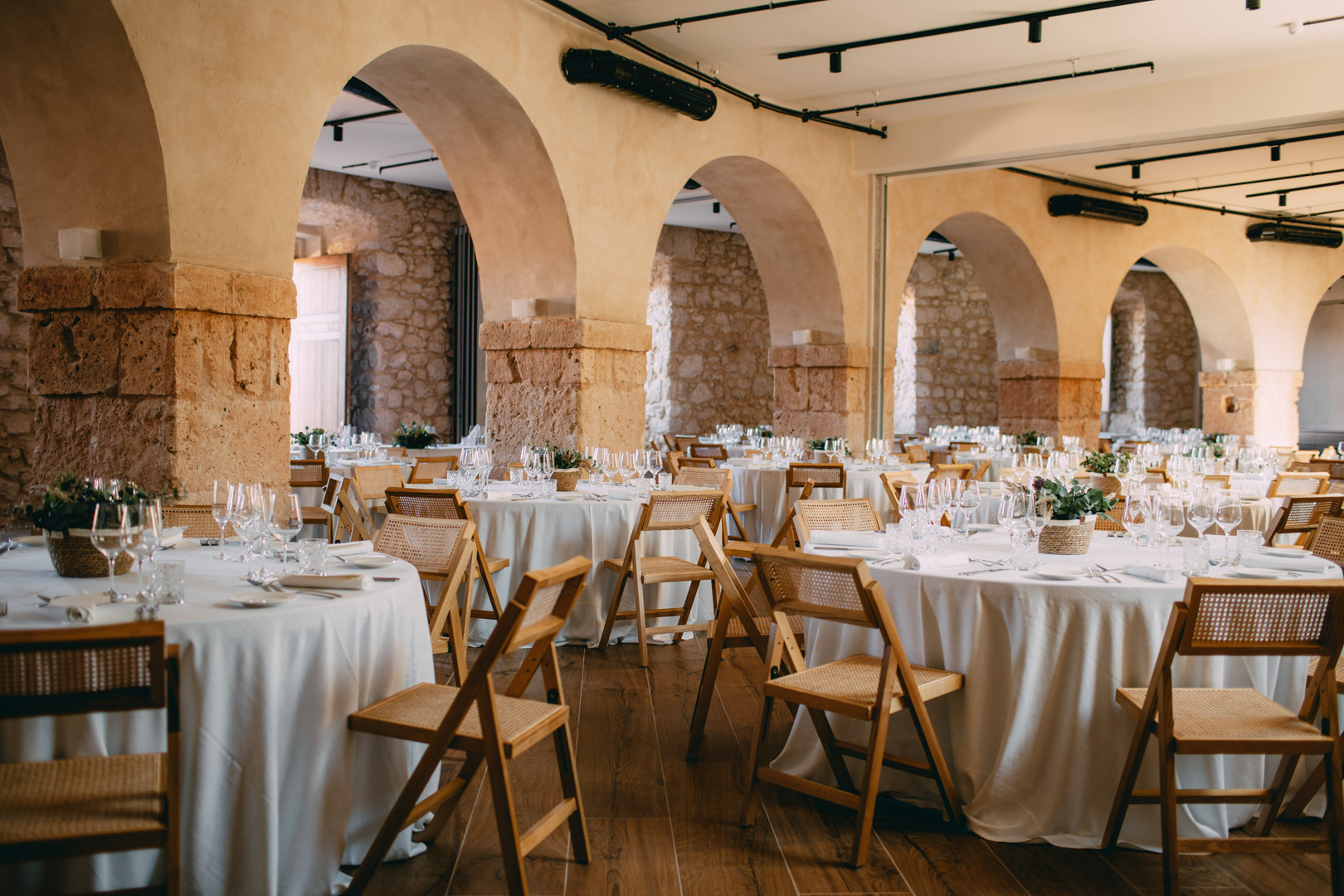
This setting features casual dining with a light, a la carte menu, which is refreshing after days immersed in red wine tastings. The local atmosphere provides an authentic experience, with the town sustaining several eateries and bars. Sitting in a charming town square with a beer and some snacks feels satisfying. Remarkably, we noted a lack of English speakers outside our hotel, making for a truly local experience. We indulged in authentic tapas, navigating the language difference with ease, before relaxing once more in the thermal spas and enjoying the hotel’s signature massage that creatively incorporates cloth stretching techniques.
As a recommended day trip, the hotel’s team suggests we visit Cogolludo to meet Yñigo Miguez del Olmo, a remarkable individual who left corporate life for the hills, where he creates his own wine and has restored a historic 16th-century convent. Within this unique space, he has set up an informal museum showcasing an impressive collection of stone carvings dating back to Roman times.
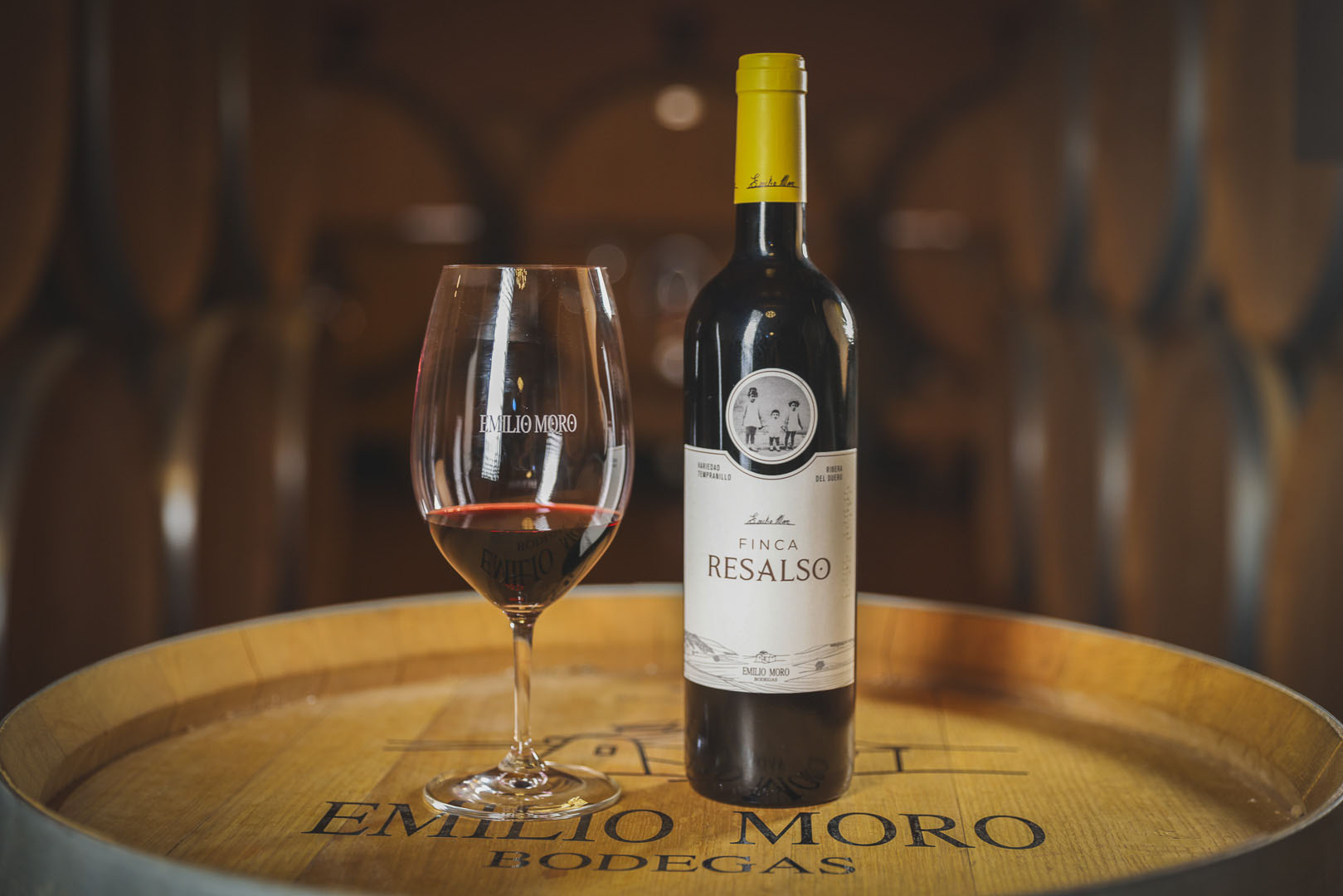
During our visit at 11:30 am, he uncorked several bottles of wine made from resilient vines that survived the 19th-century phylloxera crisis, offering us a rare and thrilling tasting experience. The atmosphere was joyous and warm, as del Olmo shared this treasured hospitality with us, making for a delightful conclusion to our day.
This road trip encapsulates the splendors of Spanish culture, effectively marrying luxury with authentic experiences. Often, travel entails a compromise between high-end amenities and genuine locale. Finding a destination that offers the best of both worlds in such a beautiful region is a remarkable find, especially when complemented by a wealth of superb wines.
Spotlight on Hidden Culinary Gems in Spain
By Richard Mellor
Logroño, La Rioja
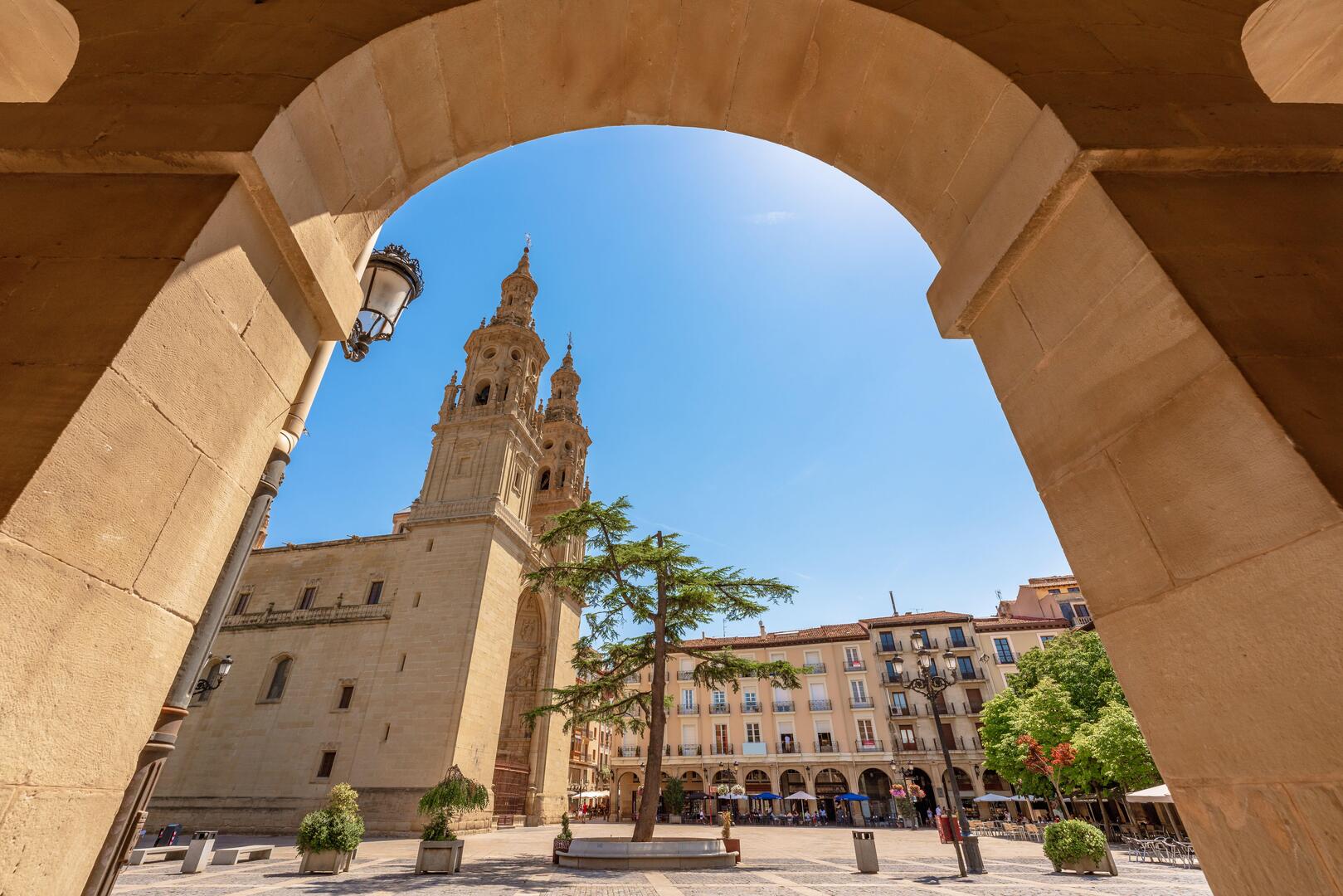
Known for being on one of the main Camino de Santiago pilgrimages, Logroño remains pleasantly untouched by mass tourism, partly due to the absence of local airports. As the heart of the Rioja wine region, it boasts an elegant old town filled with tapas bars offering unique specialties. Logroño’s bodegas, like Franco-Españo las, provide affordable wine experiences amid a vibrant culinary scene. With tapas establishments lining Calle del Laurel, this town is a hidden gem.
Girona, Catalonia
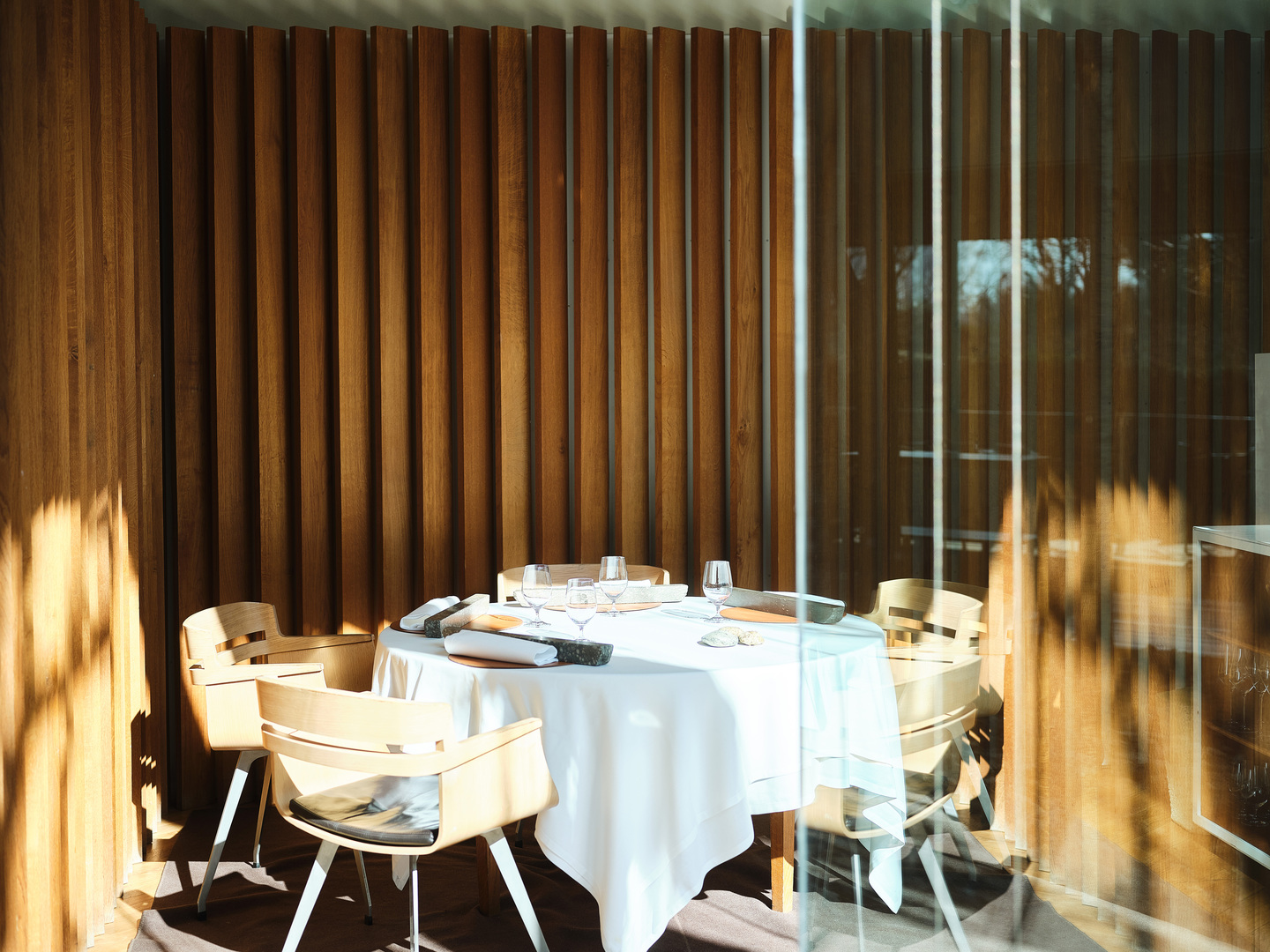
Girona’s culinary scene shines, particularly with El Celler de Can Roca, renowned for its innovative approach to Catalan cuisine. Visitors can explore various other excellent eateries that display the city’s gastronomic diversity, including BionBo, where daily menus playfully intertwine themes.
Murcia, Murcia
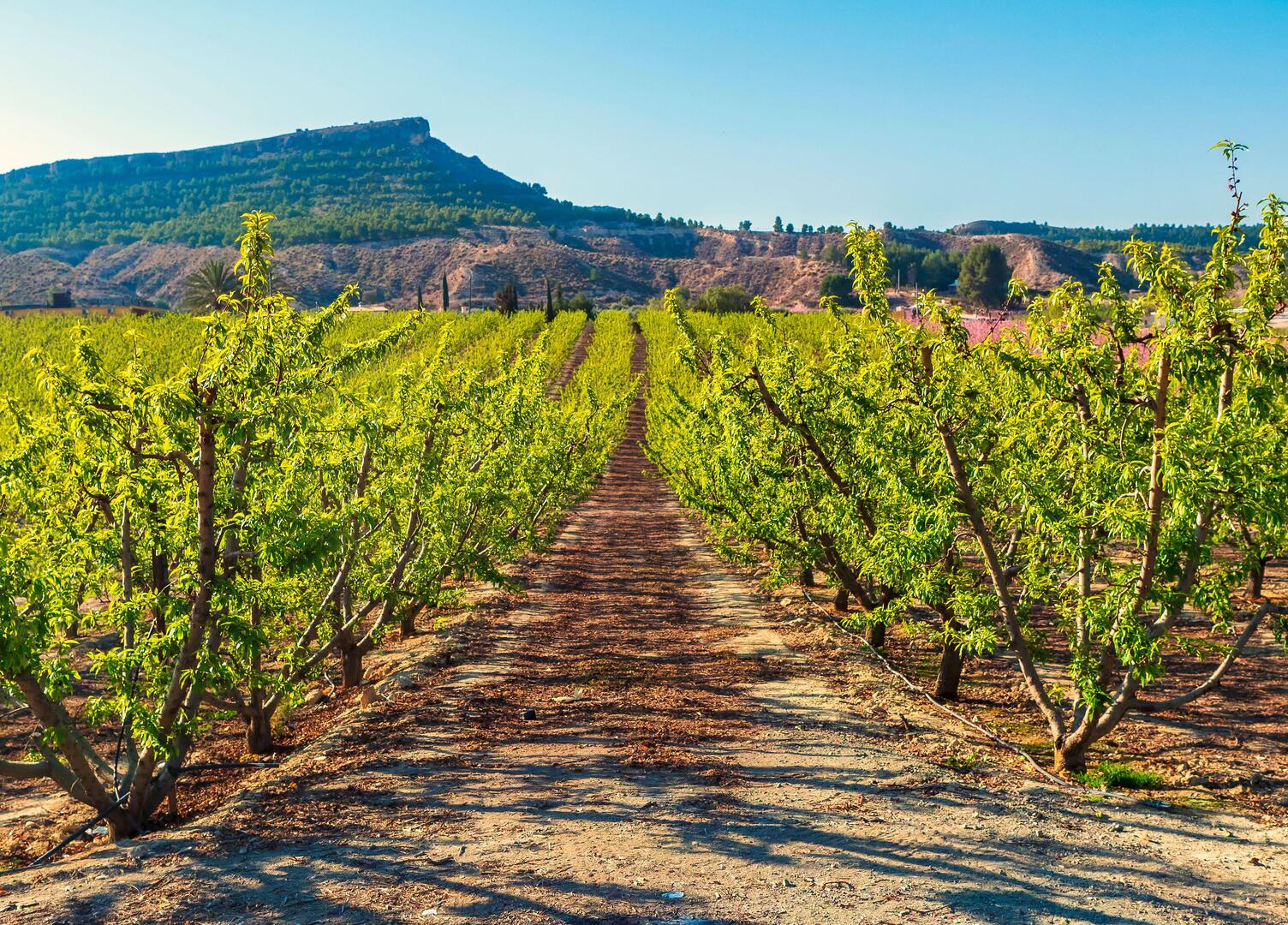
Murcia, located on the Mediterranean coast, is a culinary haven for vegetarians, famed for its rich variety of produce derived from its historic markets. Visitors can savor local dishes and innovative menus that highlight the region’s primary ingredients.
Oviedo, Asturias
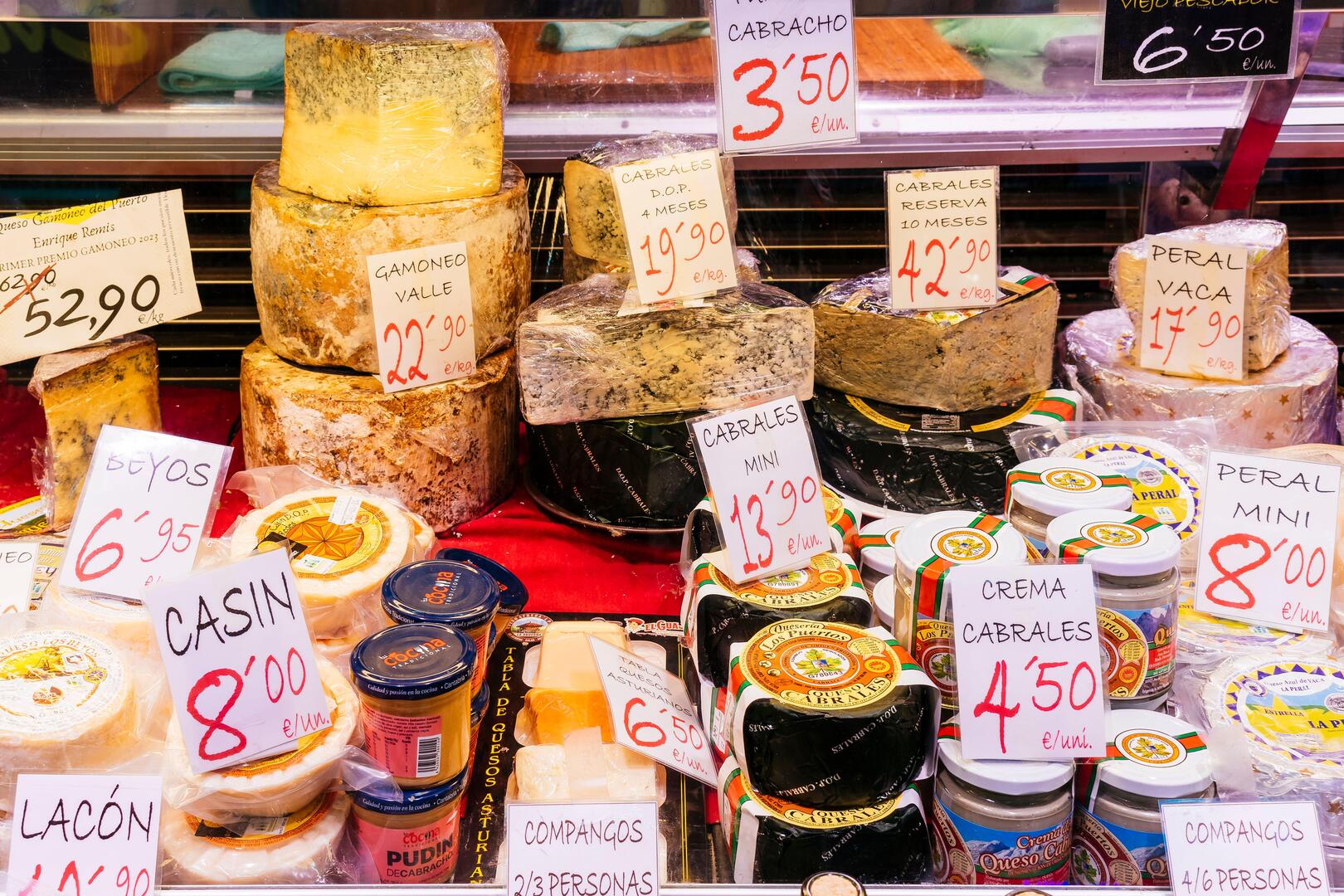
Known as Woody Allen’s favorite Spanish city, Oviedo is celebrated for its lush local produce and historic sidrerias, where visitors can enjoy authentic dishes paired with regional specialties.
Extremadura
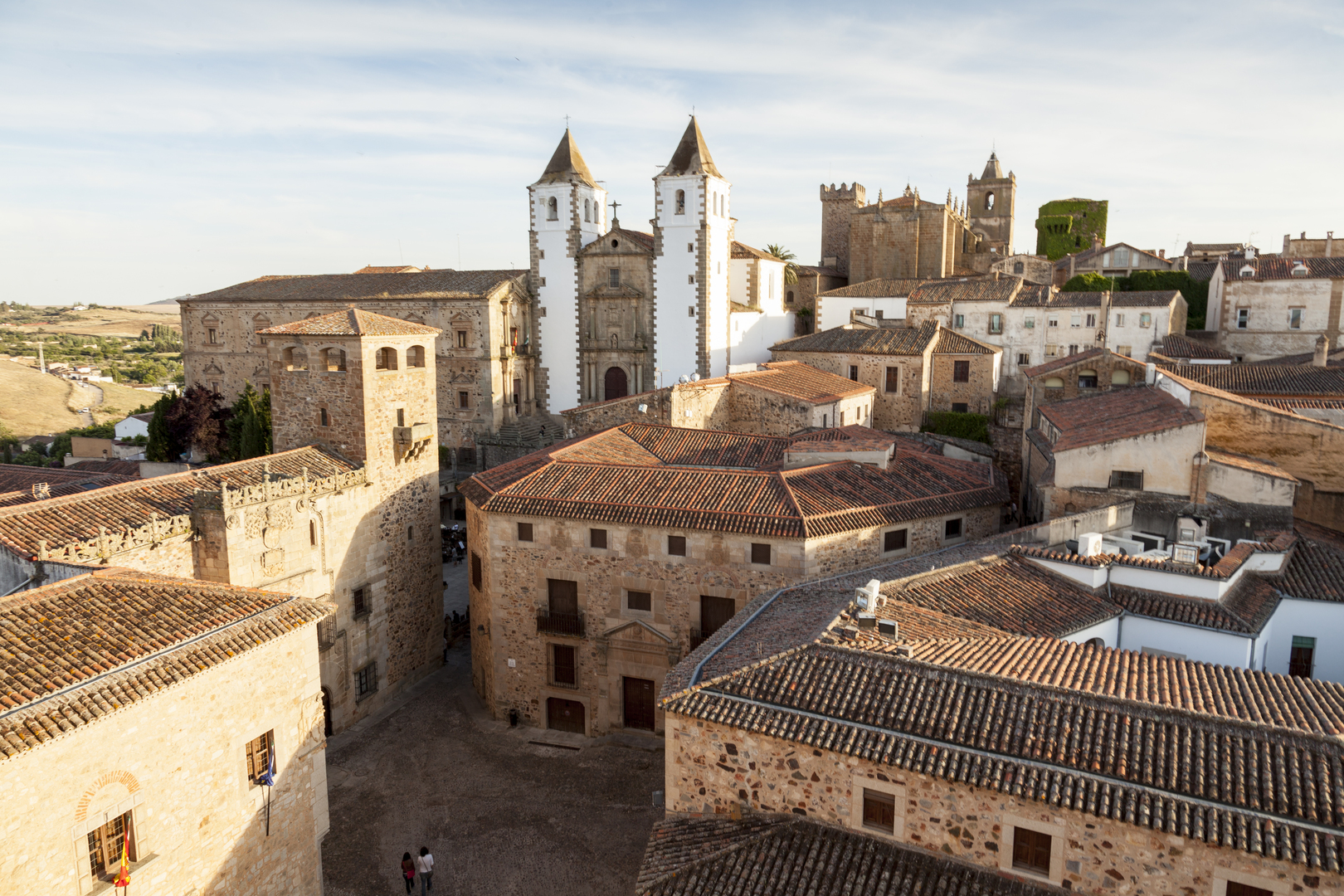
In Extremadura, gastronomy enthusiasts can indulge in exquisite local delicacies, including Iberico ham and regional cheese. This area provides a unique experience where nature and culture intersect along picturesque routes.
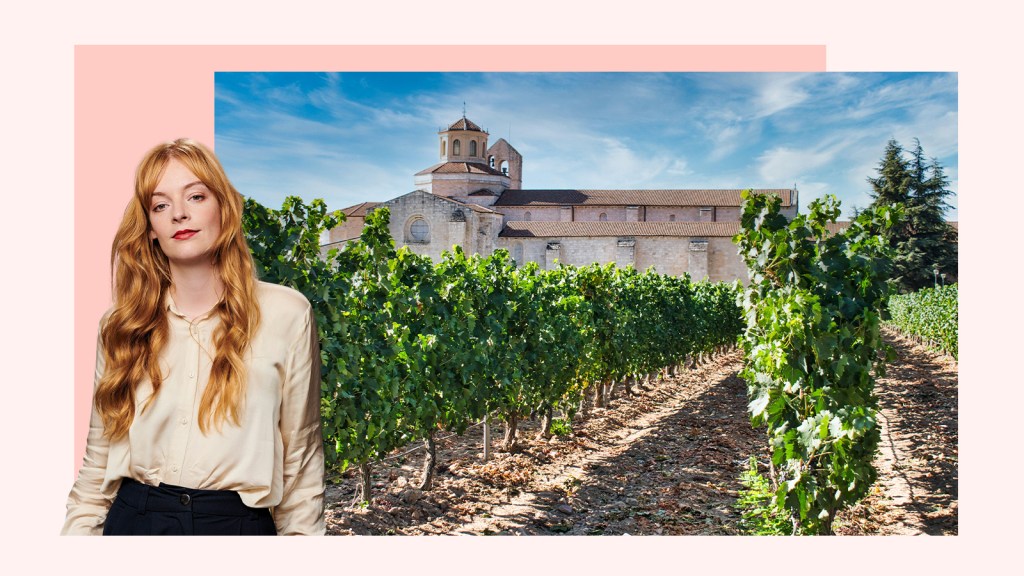
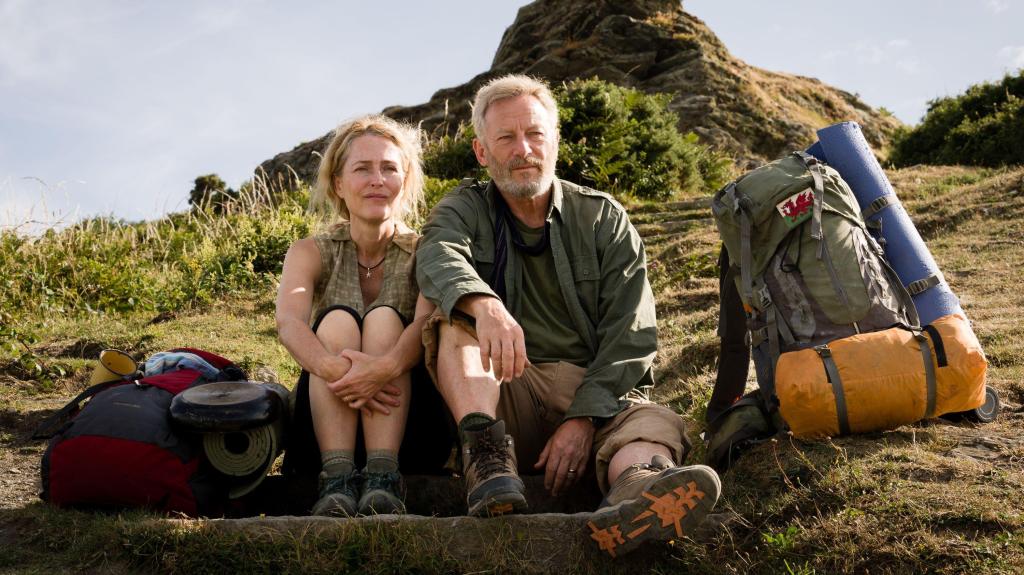
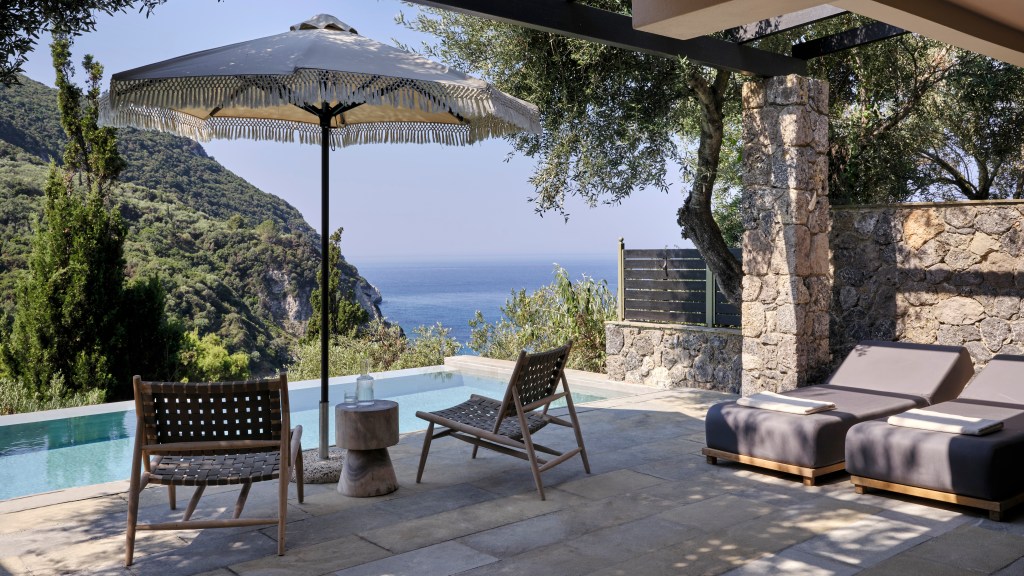
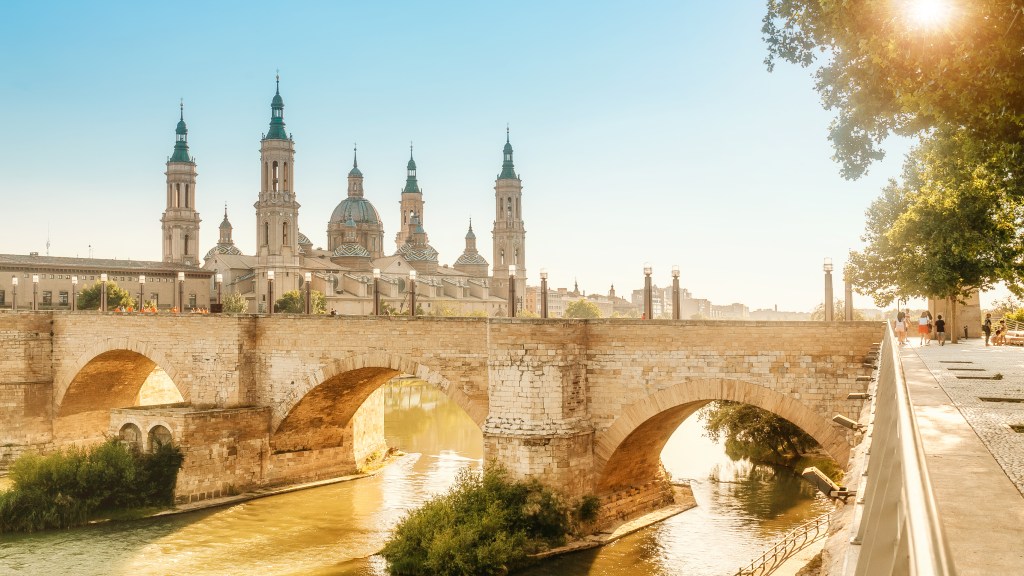
Post Comment